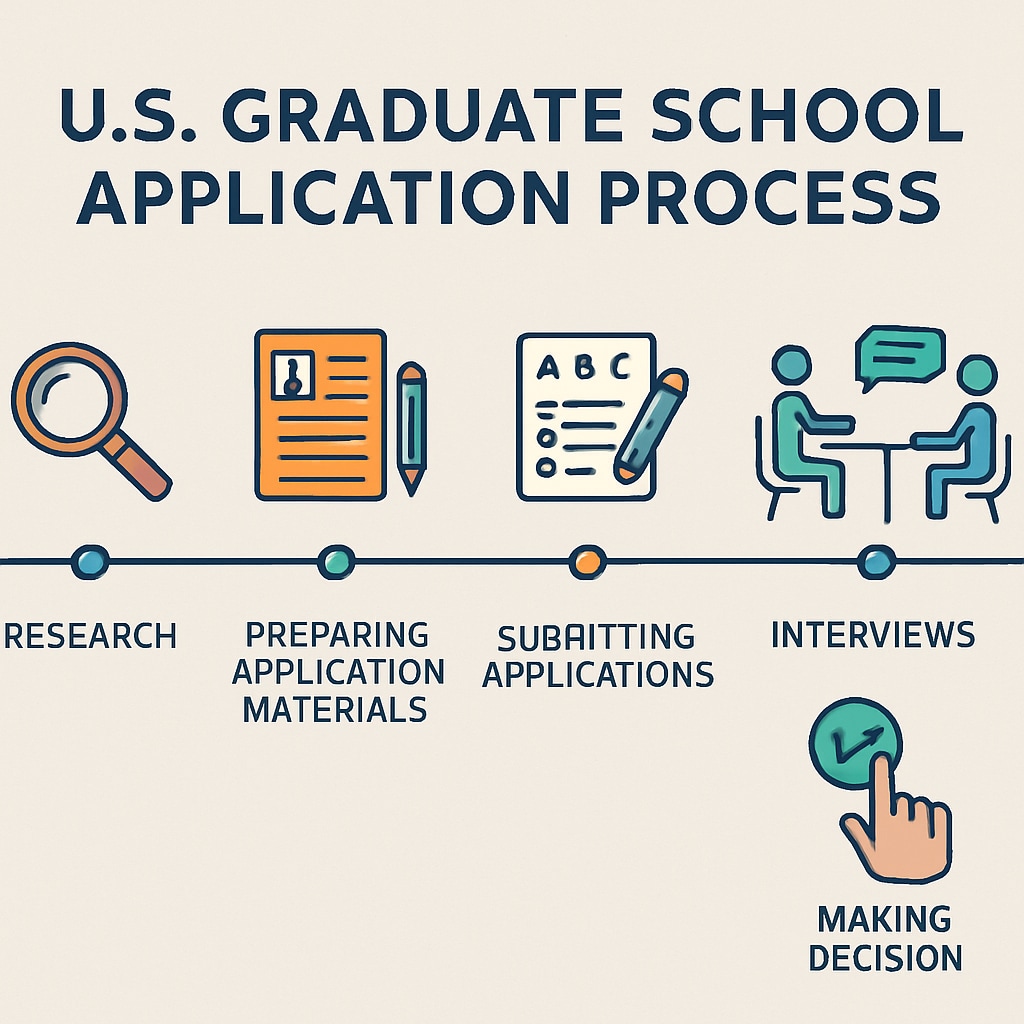Applying for a master’s degree in the US is a significant decision that requires careful consideration of multiple factors. The process involves evaluating your academic and career goals, financial resources, and the opportunities that studying abroad can offer. In this article, we will explore the feasibility of pursuing a master’s in the US, providing insights to help you make an informed decision.
Key Considerations for Pursuing a Master’s in the US
Before diving into the application process, it’s essential to understand the key elements that influence the feasibility of pursuing a master’s degree in the US. These factors include program selection, financial planning, and long-term career outcomes.
- Program Selection: The US offers a wide range of graduate programs across various disciplines. Prospective students should research universities and their specialized programs to find a match for their academic interests and career goals.
- Financial Planning: Tuition fees can vary significantly among institutions. In addition, students need to budget for living costs, health insurance, and other miscellaneous expenses. Scholarships, assistantships, and loans are common ways to offset these costs.
- Career Outcomes: The US is known for its strong job market and opportunities for international students. Post-graduation work options, such as Optional Practical Training (OPT), can provide valuable experience in your field.
By carefully evaluating these factors, students can determine whether pursuing a master’s degree in the US aligns with their personal and professional objectives.

Financial Viability of Studying in the US
One of the most critical aspects of assessing the feasibility of a master’s application in the US is financial viability. Graduate education in the US can be expensive, but with strategic planning, it can become more accessible.
For instance, many universities offer scholarships and assistantships to outstanding students. These can cover partial or full tuition costs and sometimes even provide a stipend for living expenses. In addition, external funding opportunities such as grants and fellowships from organizations like the Fulbright Program or Chevening Scholarships are worth exploring.
It’s also important to consider the return on investment (ROI) of a master’s degree. Graduates from US universities often find that the skills and networks they acquire significantly enhance their career prospects, making the financial commitment worthwhile in the long term.
Application Process and Timeline for US Graduate Programs
The application process for US master’s programs can be rigorous and time-intensive. It typically involves the following steps:
- Researching Programs: Start by identifying universities and programs that align with your academic and career goals.
- Preparing Application Materials: Common requirements include a statement of purpose, letters of recommendation, a resume or CV, transcripts, and standardized test scores (such as the GRE or GMAT).
- Submitting Applications: Most universities have deadlines between December and February for fall admissions. Be sure to check specific dates for each program.
- Interview and Decision: Some programs might require interviews. Admission decisions are typically released between March and May.
Staying organized and adhering to deadlines is key to a successful application process. Many universities provide resources and support for international students navigating this journey.

Post-Graduation Opportunities
One of the significant advantages of studying in the US is the wealth of opportunities available after graduation. The US offers various pathways for international students to gain work experience, such as:
- Optional Practical Training (OPT): A temporary employment authorization that allows students to work in their field of study for up to 12 months (or 36 months for STEM graduates).
- H-1B Visa: Companies can sponsor international graduates for this work visa, enabling them to stay and work in the US for several years.
These opportunities not only allow students to recover their educational investment but also provide a platform for building a global career.
As a result, the decision to pursue a master’s degree in the US is not merely an academic choice but also a strategic career move for many international students.
Readability guidance: This article uses short paragraphs and lists to present key information clearly. It balances active and passive voice, ensuring a professional yet accessible tone. Transition words help maintain a logical flow throughout the discussion.


